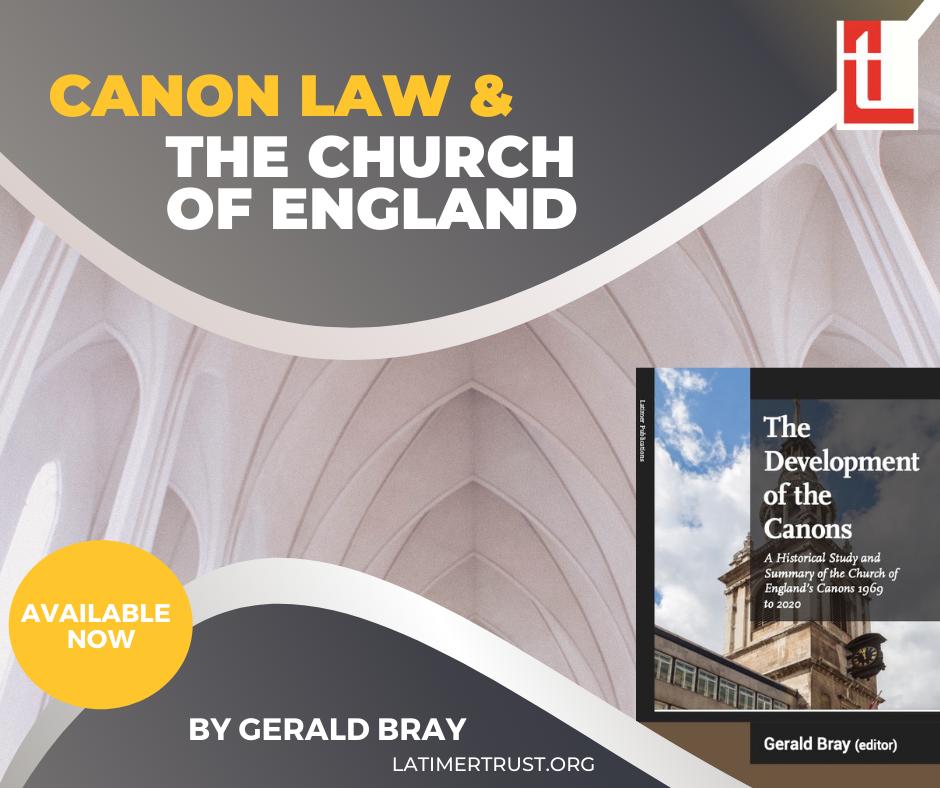
Few people now realise it, but the English Reformation was sparked off by a dispute over the canon law of the Church. Were there grounds for annulling the king’s marriage or not, and who was the authority that was competent to decide? The resulting disagreements led to a break between England and Rome that is still with us. What many people do not know though, is that the medieval canon law was carried over into the new dispensation. Attempts to reform it were frequently made, but they failed, and the provisional canons passed in 1604 became definitive for the Church of England. It was not until 1969 that they were thoroughly overhauled and the current canons were put in place.
This achievement coincided with the establishment of the General Synod in 1970, since when canon law has become a major cottage industry in the Church. There have been more amendments and additions to it in the last fifty years than there were in the previous three hundred and fifty, and many of these have been substantial. Though the current canons are readily available on line, it has become almost impossible for most people to trace their evolution over the past generation or discover what the law said at any particular point in time. This can be particularly tricky for anyone trying to plot the course of women’s ordination, for example, not to mention any of the other myriad changes that have affected the Church’s life in recent years.
It is for this reason that we have published a compendium of the canons and their development, making it much easier for scholars and other interested parties to discover what has happened, and when. Canon law remains a mystery to most churchgoers, but it can be surprisingly relevant when questions arise about the use of buildings, the role of the clergy and even the patterns of worship permitted in services. Relations with other denominations are another subject where there are a host of principles that few people understand but that govern what is (and what is not) permissible in the Church of England’s dealings with them.
Of special importance in recent years is the subject of church discipline. What happens when clergy are accused of misconduct? How are disputes arising in parish life meant to be resolved? What processes have been tried and found wanting, requiring fresh thinking on matters that can have a serious impact on the life of a congregation? These and other things like them are what the canon law of the Church tries to deal with, and knowing how it operates (and has operated) since the latest revision is important if it is to be understood.
The canon law of the Church of England is not fixed – there is no prospect that we shall return to the centuries from 1604 to 1969, when almost nothing was done about it and it became more of a historical curiosity than a useful tool for Church government and discipline. This latest update will soon need to be supplemented, and in a few years’ time a new edition of the current work will be needed. But when that time comes, the present text will serve as a good starting point for further development and the ignorance and confusion that have reigned up to now will be a thing of the past.
_________
